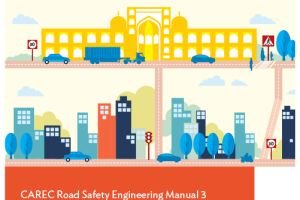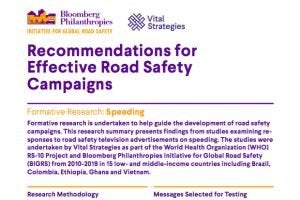
Overview
Speed Management Guide, OECD (2006)
Speeding - which encompasses excessive speed (i.e. driving above the speed limits) or inappropriate speed (driving too fast for the prevailing conditions, but within the limits) - is dangerous. As well as being a causation factor in around one third of fatal accidents, speed is an aggravating factor in the severity of all accidents. It has also serious consequences on the environment and energy consumption. Speed management can be defined as a set of measures to limit the negative effects of excessive and inappropriate speeds.
This report is the output of an expert Working Group which worked over a period of 2 years and conducted an in-depth survey on speed management practices in OECD/ECMT countries. It analyses the effects of speed on safety but also on the environment and the quality of life and assesses the extent of speeding in OECD/ECMT countries. It reviews speed management measures including: infrastructure, signs and signing, vehicle technologies, education and training, enforcement and new technologies, such as intelligent speed adaptation. Finally, it describes how individual measures can be combined in the framework of a speed management policy and highlights the specific needs of developing countries in terms of speed management.
Did you know?
82% of Road Crash Fatalities and Injuries in the economically productive age groups (15 - 64 years.)
82% of Road Crash Fatalities and Injuries in the economically productive age groups (15 - 64 years.)


